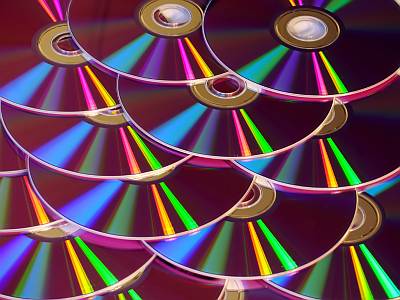The reason why plants are green is not to perform photosynthesis at maximum efficiency, but to stabilize the input and output of energy.

Most of the energy emitted by the sun corresponds to the green part in terms of wavelength. Plants appear green because they absorb most of the red and blue wavelengths of light, while only about 90% of green light is absorbed and the rest is reflected. Isn't it more efficient to absorb it?' However, in reality, plants do not intend to perform photosynthesis at maximum efficiency, but rather this is better for stabilizing the input and output of energy.
Why Are Plants Green – World Sensorium / Conservancy
Quieting a noisy antenna reproduces photosynthetic light-harvesting spectra |
https://doi.org/10.1126/science.aba6630
On the fact that plants absorb most of red and blue light, but only about 90% of green light, biologists say, ``For plants to use it harmlessly, green wavelengths are too strong. I have shown the opinion that it is not, but the specific reason has not been clarified.
It was Professor Nathaniel Gabor, a physicist at the University of California, Riverside, who approached this mystery. Professor Gabor is researching sunlight absorption by carbon nanotubes, and when he thought about an ideal light-collecting system that would absorb the peak energy of the solar spectrum, he thought, 'Isn't it better to absorb as much green wavelength light as possible?' At the same time, I realized, 'But plants don't do that.'
And Professor Gabor started research on plants with botanist Richard Cogdell and others at the University of Glasgow.
Photosynthesis takes place in a protein-mesh tissue called a “light-harvesting complex”. In plants, the green pigment called chlorophyll absorbs light and transfers energy to the photosynthetic reaction center, producing chemical energy for use by the cell. The conversion efficiency of this system is near perfect, and almost all the absorbed light is converted into usable electrons in the system.

The problem is that the 'light-harvesting complex' is in constant motion inside the cell, introducing noise and inefficiency into the system. For example, when a plant enters the shade, the light intensity changes abruptly, causing noise. If fewer electrons reach the photosynthetic reaction center, an energy disturbance occurs. On the other hand, too much will cause an “overcharging” state and tissue damage. In other words, it can be said that 'the input and output of energy should be stable'.
In the case of the nanotube solar cell that Professor Gabor worked on, it was sufficient to aim for maximum energy efficiency, so there was no problem with a system that fully captures the green wavelength. A system that absorbs all wavelengths of light becomes harmful.
When Professor Gabor et al. developed a model of the photosynthetic system and repeated research, it was found that the optimal absorption peak and the activity of the pigment of the cell match even in red bacteria and green sulfur bacteria .
Professor Gabor says he hopes to one day apply the model to extraterrestrial life. You will be able to do it,' he said.
Related Posts:







